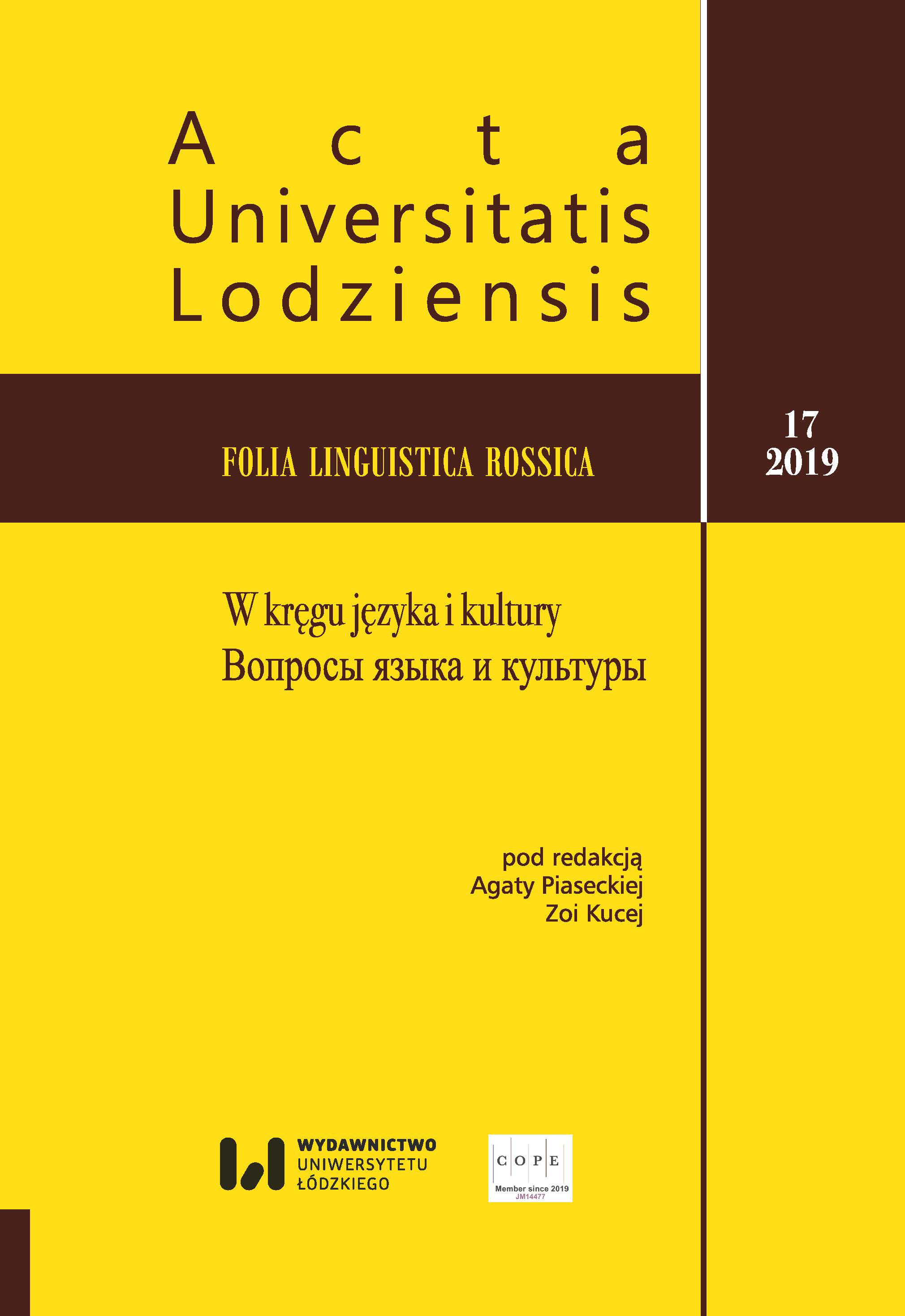Текст: уровни понимания и уровни смысла
Text: Levels of Understanding and Sense Levels
Author(s): Iryna TarasovaSubject(s): Language studies
Published by: Wydawnictwo Uniwersytetu Łódzkiego
Keywords: understanding;sense;levels model;interpretation;short novel
Summary/Abstract: Introduction. The goal of this study is to propose a typology of sense levels of a prosaic text that can be used productively in the framework of pedagogical hermeneutics, i.e. in the process of teaching interpretation of literary works at all steps of philological education.According to the research hypothesis, there is a definite correlation between the levels of understanding of a text and the levels of meaning. Text concept is the mediator between the text and its sense.In distinguishing between the levels of understanding of a text, the author follows the hermeneutic (G.I. Bogin) and didactic tradition (M.P. Voyushina). For comparison, the works of the cognitive line of research are used (Van Dijk, Kintsch, Zwaan, Kneepkens). Their authors consider the understanding of a text a process of building a multi-level mental representation. In the process of constructing a sense model of the text, the author investigates the main ideas of the theory of meaning by A.I. Novikov and the structure of the text category of informativeness emerging in the works of I.R. Halperin.Empirical data and research design. The object of the research was the story of the famous children’s writer, V. Dragunsky, The Red Ball in the Blue Sky. The input material of the study was 30 interpretations of the story provided by students (future primary school teachers). The author performed a review of the submitted interpretations. During the interpretation, the keyword technique, the “close reading” method, and the interpretation protocol methodology were used.Key findings and conclusions. Sense is repeatedly encoded in texts by means of text codes (language, subject, spatial, figurative, communicative, etc.). The process of decoding meaning consists in understanding the relationship between the units of these codes and discovering shared components of sense. The whole sense is the result of understanding of the text. Therefore, it is possible to establish a correlation between the levels of sense and the levels of understanding. We have established the following correspondence chains: plot meaning – ascertaining the level of understanding – metapropositional model of representation; psychological sense – understanding at the main character level – situational model of representation; existential sense – understanding at the level of the author’s idea – a pragmatic model of representation.The correlation between the structure of sense and the structure of text is possible owing to a text concept – a discrete model of meaning as a holistic entity.A multi-level concept (namely, the concept of freedom represented at different levels in V. Dragunsky’s story) reflects a multi-level sense of the text. Therefore, the sense levels of the story are the levels of freedom: the plot sense corresponds to the mundane (conditional) level of freedom: to give freedom – to leave, to let go, not to hold; psychological sense (understanding at the main character level) – the psychological level of freedom which requires respect for the feelings and desires of others; cultural-historical sense – at the level of (possible) subtext, it corresponds to the idea of political freedom; existential sense (at the level of ideas) – the philosophical meaning of freedom as the highest human value and a manifestation of the spiritual essence of the person.Not all aspects of textual sense are relevant for the modern reader. The spiritual dimension of freedom, irrelevant for readers, is not subtracted from the text, and in most works understanding remains at the level of psychological sense. The universality of freedom as an existential category is noted in only three works. The social aspects of sense were not indicated by anyone.Thus, the part which is reflected in the basic concept (motive) of the text should be considered the invariant part of sense. This is the most general idea statement. Variant components of sense should be recognized as those that specify the general sense at different levels, taking account of projections on the reader’s personal experience: psychological, social, existential, spiritual.The degree of variability of the wording of this meaning can vary: it depends on the conceptual system of the reader, his/her life (including social experience, age, etc.)
Journal: Acta Universitatis Lodziensis. Folia Linguistica Rossica
- Issue Year: 2019
- Issue No: 17
- Page Range: 87-98
- Page Count: 12
- Language: Russian

